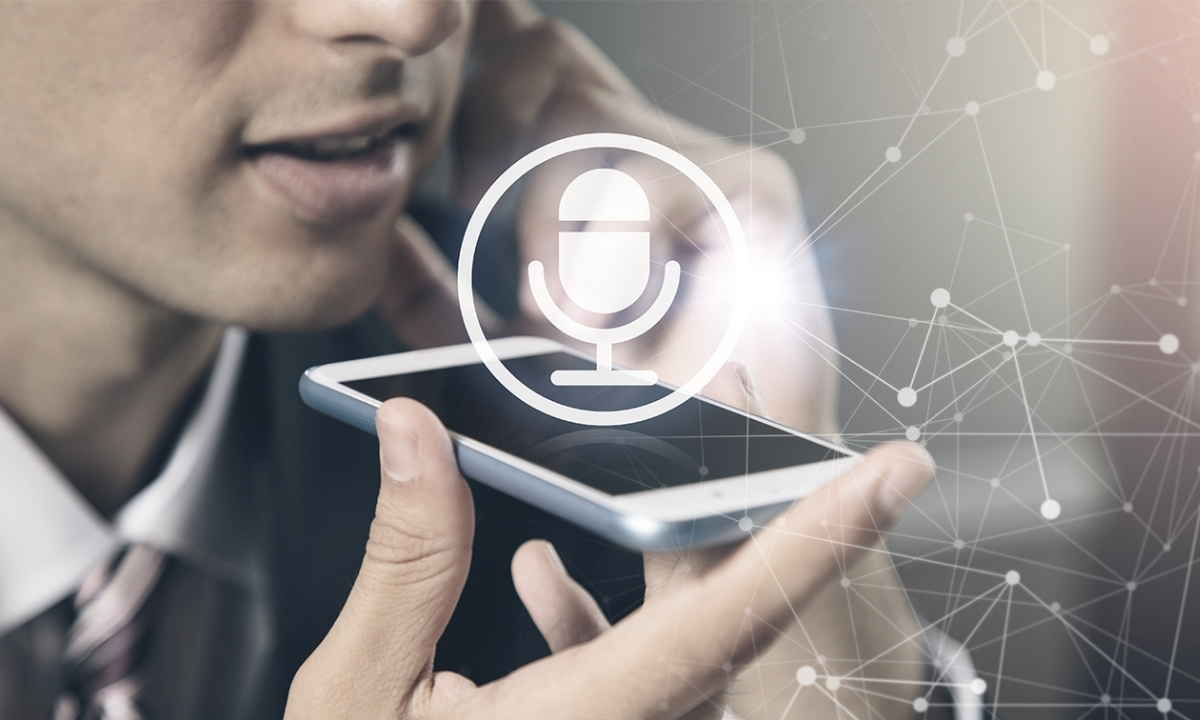
Speech recognition technology has come a long way since its early days. From simple voice commands to complex interactions, it has transformed how we communicate with machines. Did you know that the first speech recognition system, created in the 1950s, could only understand digits? Today, these systems can comprehend multiple languages and even detect emotions. Voice assistants like Siri, Alexa, and Google Assistant have become household names, making everyday tasks easier. But how does it all work? What makes one system better than another? Let's dive into 32 fascinating facts about speech recognition that will surprise you and maybe even change how you think about talking to your devices.
The Evolution of Speech Recognition
Speech recognition technology has come a long way since its inception. From early experiments to today's advanced systems, this field has seen remarkable progress.
- The first speech recognition system was created in the 1950s by Bell Labs. It could recognize digits spoken by a single voice.
- In 1962, IBM introduced the Shoebox, a machine that could understand 16 spoken words.
- The 1970s saw the development of the Hidden Markov Model, which became a cornerstone for modern speech recognition systems.
How Speech Recognition Works
Understanding how speech recognition functions can be fascinating. It involves complex algorithms and processes.
- Speech recognition systems convert spoken words into text using algorithms.
- These systems rely on acoustic models to understand the sounds of speech.
- Language models help predict the next word in a sentence, improving accuracy.
- Neural networks, especially deep learning models, have significantly improved speech recognition capabilities.
Applications of Speech Recognition
Speech recognition isn't just for voice assistants. Its applications are vast and varied.
- Virtual assistants like Siri, Alexa, and Google Assistant use speech recognition to understand commands.
- In healthcare, doctors use speech recognition to transcribe patient notes quickly.
- Call centers employ this technology to route calls and provide customer service.
- Speech recognition aids in accessibility, helping those with disabilities interact with technology.
Challenges in Speech Recognition
Despite its advancements, speech recognition faces several challenges that researchers continue to address.
- Accents and dialects can significantly affect the accuracy of speech recognition systems.
- Background noise can interfere with the system's ability to understand spoken words.
- Homophones, words that sound the same but have different meanings, can confuse these systems.
- Continuous speech recognition, where there are no pauses between words, remains a challenge.
The Role of Big Data
Big data plays a crucial role in enhancing speech recognition technology.
- Large datasets are used to train speech recognition models, improving their accuracy.
- Companies like Google and Amazon collect vast amounts of voice data to refine their systems.
- The more data a system has, the better it can understand and predict speech patterns.
Speech Recognition in Different Languages
Speech recognition technology isn't limited to English. It supports multiple languages, each with its own set of challenges.
- Developing speech recognition for tonal languages like Mandarin is particularly challenging.
- Some languages have fewer resources available, making it harder to create accurate models.
- Multilingual speech recognition systems can switch between languages seamlessly.
Future of Speech Recognition
The future of speech recognition looks promising, with continuous advancements on the horizon.
- Real-time translation using speech recognition is becoming more accurate.
- Emotion detection through speech is an emerging field, allowing systems to understand the speaker's mood.
- Integration with augmented reality could provide hands-free control of AR devices.
- Voice biometrics, which identify individuals based on their voice, are becoming more secure.
Fun Facts About Speech Recognition
Here are some interesting tidbits about speech recognition that you might not know.
- The word "OK Google" is recognized by Google's voice assistant in over 50 languages.
- Apple's Siri was first introduced in 2011 with the iPhone 4S.
- Amazon's Alexa can understand and respond to over 100,000 skills or commands.
- The accuracy of speech recognition systems has improved from around 70% in the early 2000s to over 95% today.
Speech Recognition in Pop Culture
Speech recognition has also made its mark in movies, TV shows, and literature.
- The computer in "Star Trek" could understand and respond to voice commands, inspiring real-world technology.
- In "Iron Man," Tony Stark's AI assistant, JARVIS, is a prime example of advanced speech recognition.
- The movie "Her" features an AI that can hold complex conversations, showcasing the potential future of this technology.
The Future of Speech Recognition
Speech recognition tech has come a long way. From clunky beginnings to sleek, efficient systems, it’s clear this field is booming. Voice assistants like Siri and Alexa are now household names, making our lives easier and more connected. Businesses are also jumping on board, using speech recognition for customer service, transcription, and more.
But it’s not just about convenience. This tech is breaking barriers for people with disabilities, offering new ways to communicate and interact with the world. As AI continues to evolve, expect even more impressive advancements.
Keep an eye on this space. The future holds exciting possibilities, from improved accuracy to more natural interactions. Speech recognition isn’t just a trend; it’s a game-changer. Whether for personal use or business, its impact is undeniable. Stay tuned—this is just the beginning.
Was this page helpful?
Our commitment to delivering trustworthy and engaging content is at the heart of what we do. Each fact on our site is contributed by real users like you, bringing a wealth of diverse insights and information. To ensure the highest standards of accuracy and reliability, our dedicated editors meticulously review each submission. This process guarantees that the facts we share are not only fascinating but also credible. Trust in our commitment to quality and authenticity as you explore and learn with us.
